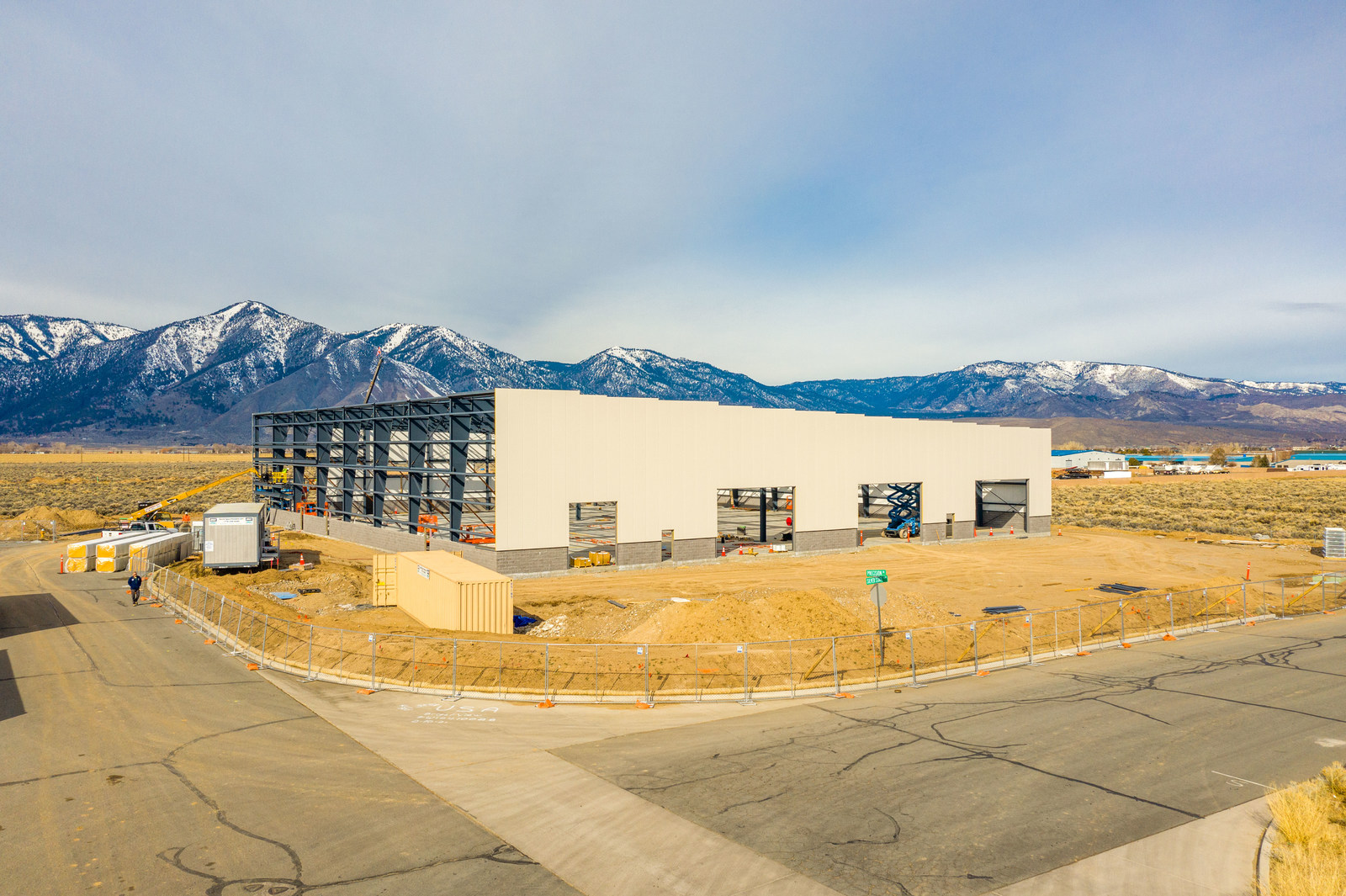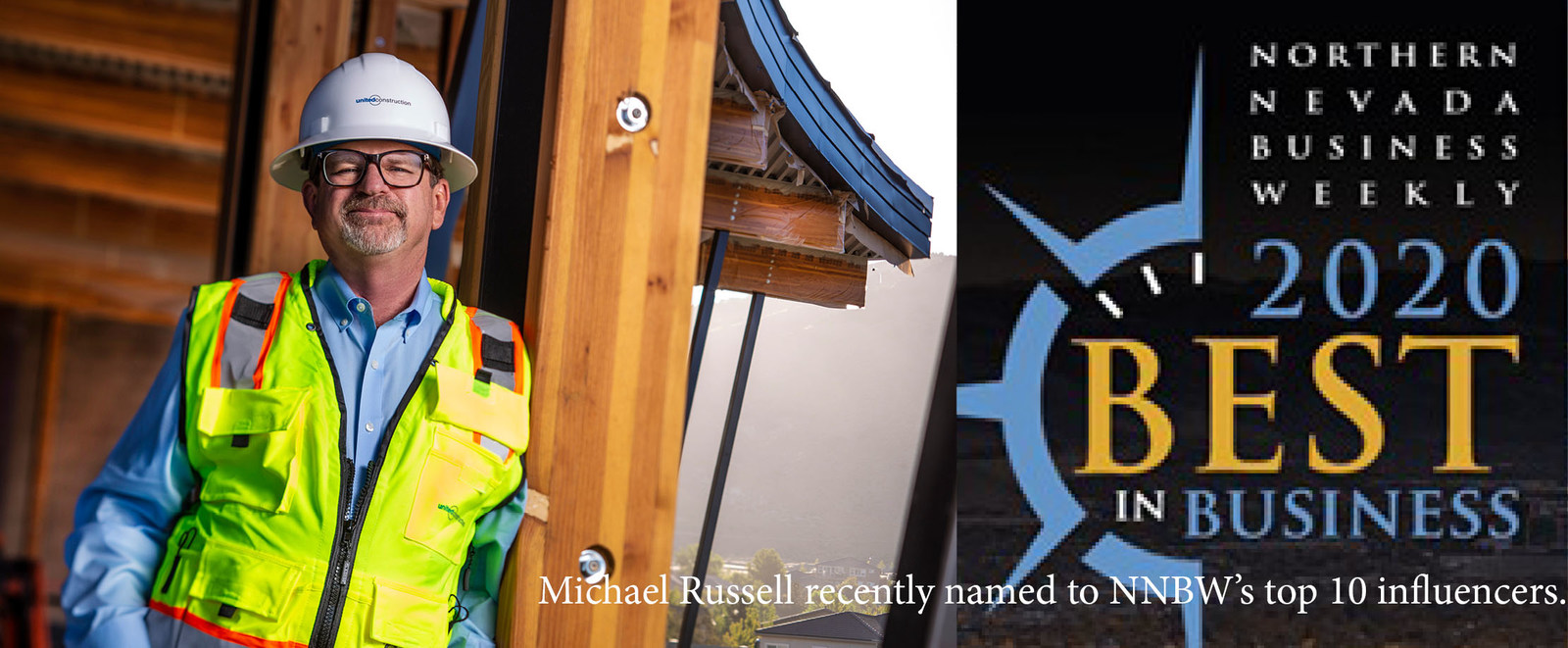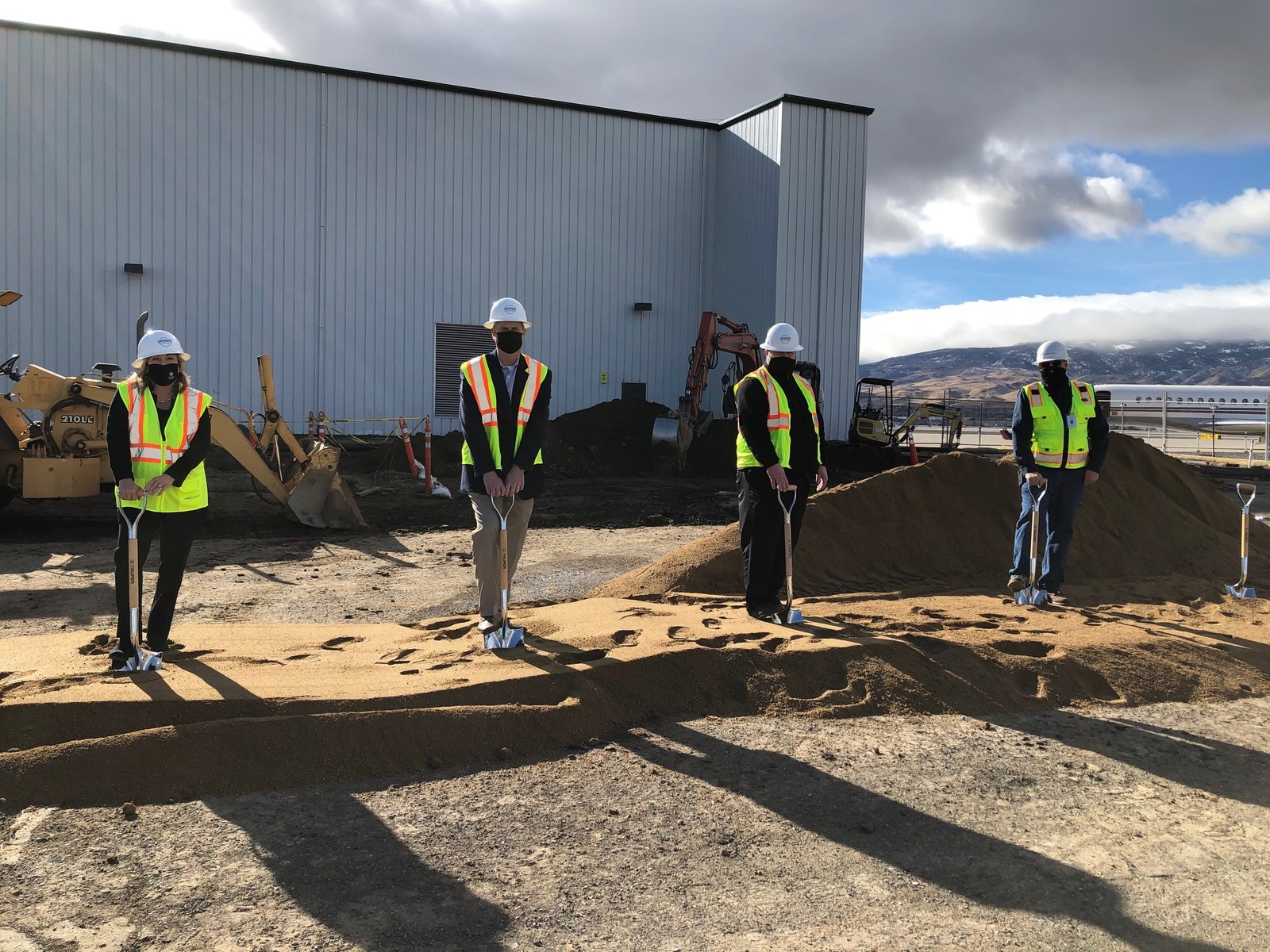25 Feb Q&A with the Symmetrix Composite Tooling project team
United Superintendent Andy Jones is hard at work delivering Symmetrix Composite Tooling’s new facility in Minden. Symmetrix creates composite molds used to manufacture products for alternative energy, marine, aerospace, transportation and architecture industries. As the design-build contractor, United Construction is providing in-house architecture and construction services for their new 36,000 SF metal building.
This ultimate makers space will be a machining resource for the including wind energy, aerospace, architecture, infrastructure, marine and transportation industries. Innovative designers from all over the United States can have this plant mill the composite patterns and molds they are creating.
We sat down with Andy Jones and Symmetrix Owner John Barnitt to learn more about the project:
United: Is John Barnitt a hands-on kind of owner who visits the site often and pays close attention to the details?
Andy: Absolutely. He is very helpful, and it has been a pleasure working with him.
United: Do innovations flow out of the 26-foot-wide rollup door that opens into the location of the bank of state-of-the-art 5-axis CNC machines?
Andy: They move projects out and over to the north door into a paint booth The booth is currently not shown on construction documents. It will be a revision at some point. The other rollup doors will be used for bringing in raw materials and parts.
United: Is the building higher on one end to accommodate the viewer platform looking into the bay of 20 CNC machine?
Andy: I believe the overall height was determined for what will be manufactured and clearance needed for the CNC machine. With that, the height of building at the north and south end was determined by slope requirements to meet building codes.
United: John, do you see the Minden facility as bigger or better or different than the facilities in Rhode Island and North Carolina?
John: The Minden facility is actually based on the RI and NC tooling shops with the goal to make these as similar as possible.
United: Will other parts of the facility be more basic machines and equipment?
John: Yes, a smaller a 25 foot 5-Axis milling machine, fabrication area with welding, composite lamination areas and a 90 foot climate controlled spray booth.
United: CNC stands for Computer Numerical Control, which allows a user to dial in a machine to mill a product, but what does the 5-axis part allow a user to do?
John: This machine mills composite shapes in five directions. The word Axis refers to the direction of travel of the cutting head, in this case…
- X-Axis=82 feet (East and west)
- Y-Axis=22 feet (North and South)
- Z-Axis= 10 feet of vertical travel
- B-Axis= 360° of cutting head rotation
- C-Axis= 270° of diagonal head rotation
Additionally, I’d like to draw attention to the CNC machine reinforcement in the floor and the recessed steel mounting plates.
Andy: The CNC machine rests on 68 embedded steel plates 31”x10”x ¾”. After leveling it will be bolted down to 545 anchor bolts, with 8 bolts per plate. The footprint of the machine is 33’ x 95’. The footing consisted of upper and lower #6 rebar and about 150 yards of concrete.
John sets the bar rather high for a really cool shop. Don’t try doing this at home.




